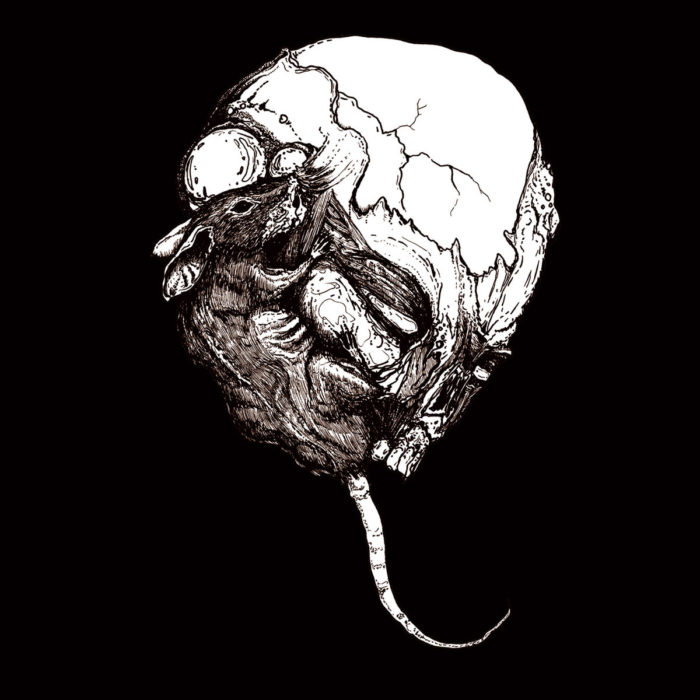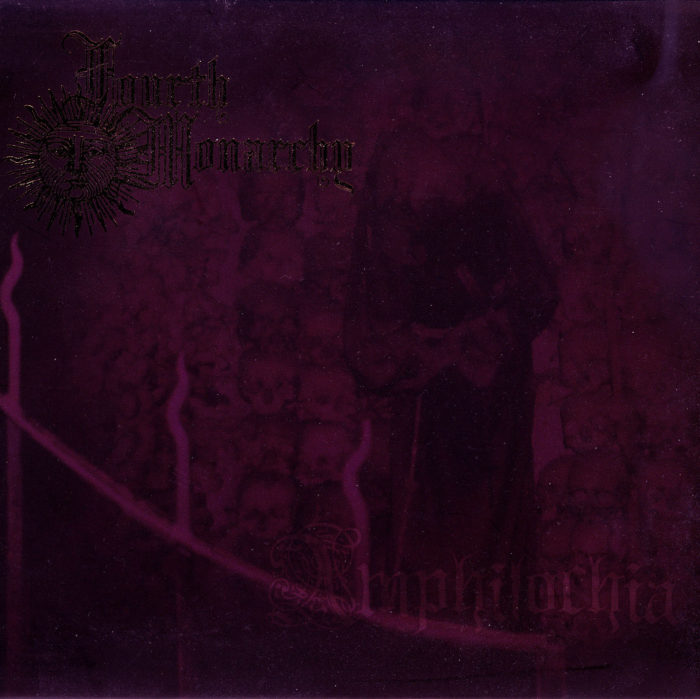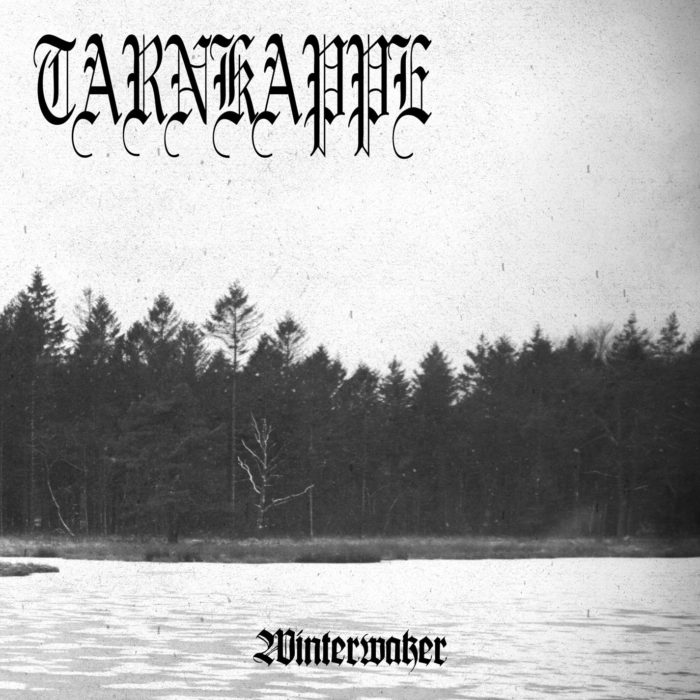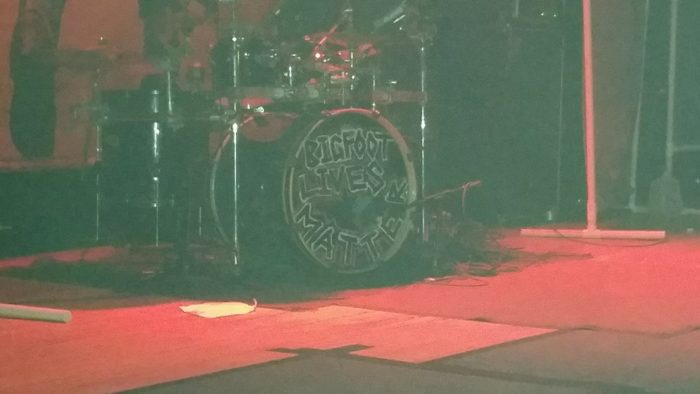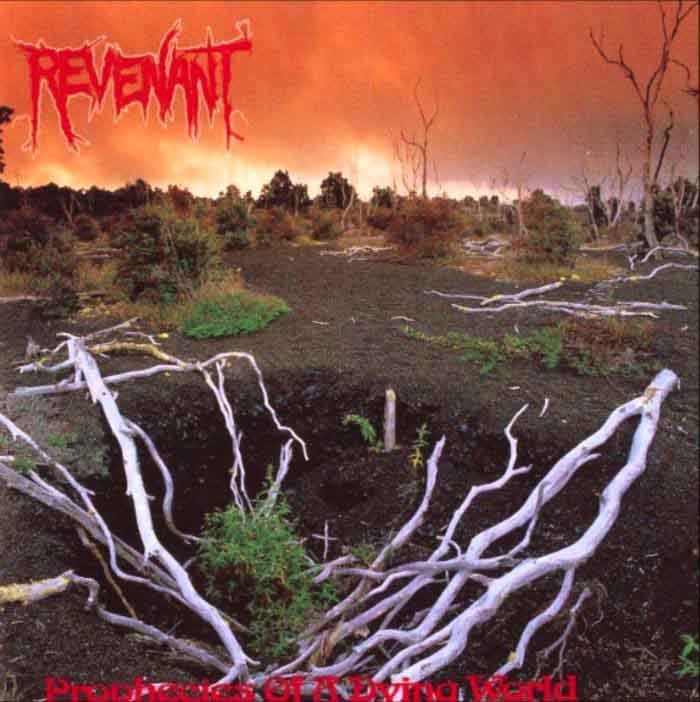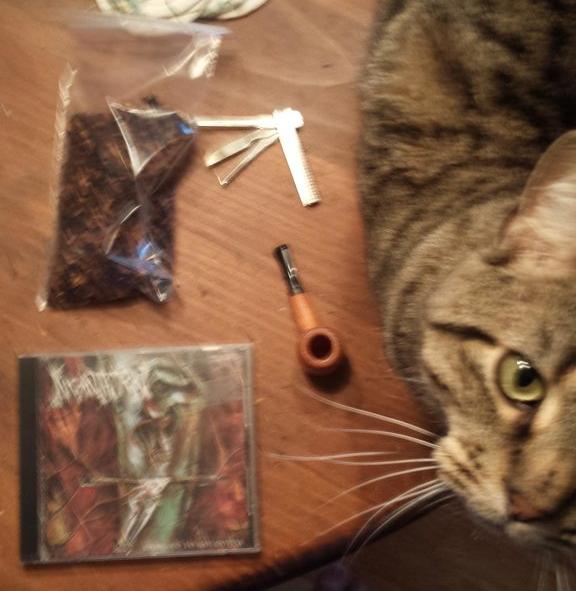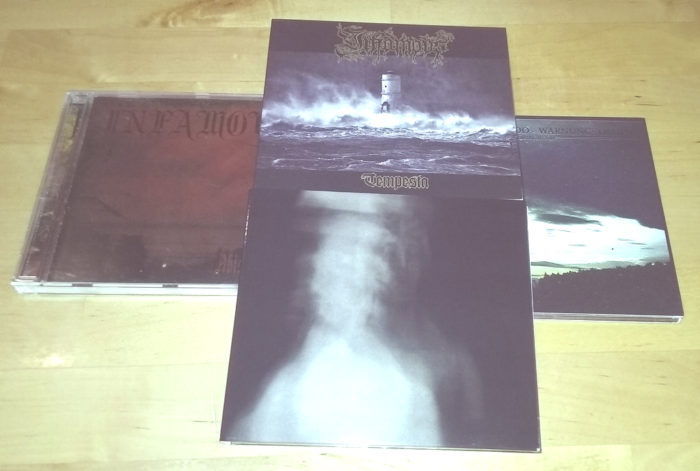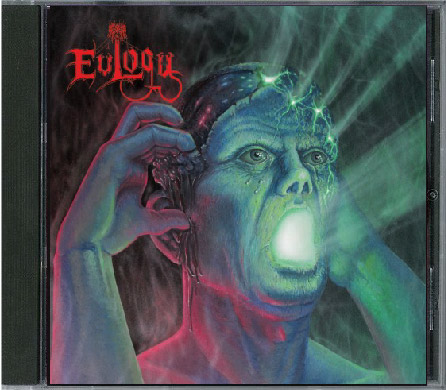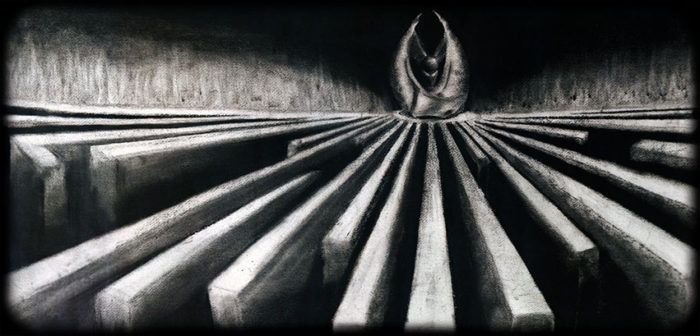Although this album has already been appropriately reviewed, a few notes come to mind when contemplating it after having it in rotation for a few months: this is the best Goatcraft release so far, and fans who defend it as intuitive and critics who say it lacks epic and distinctive melodies both make good points.
No CommentsTags: fruity tone generation, goatcraft, goatpiano, piano
